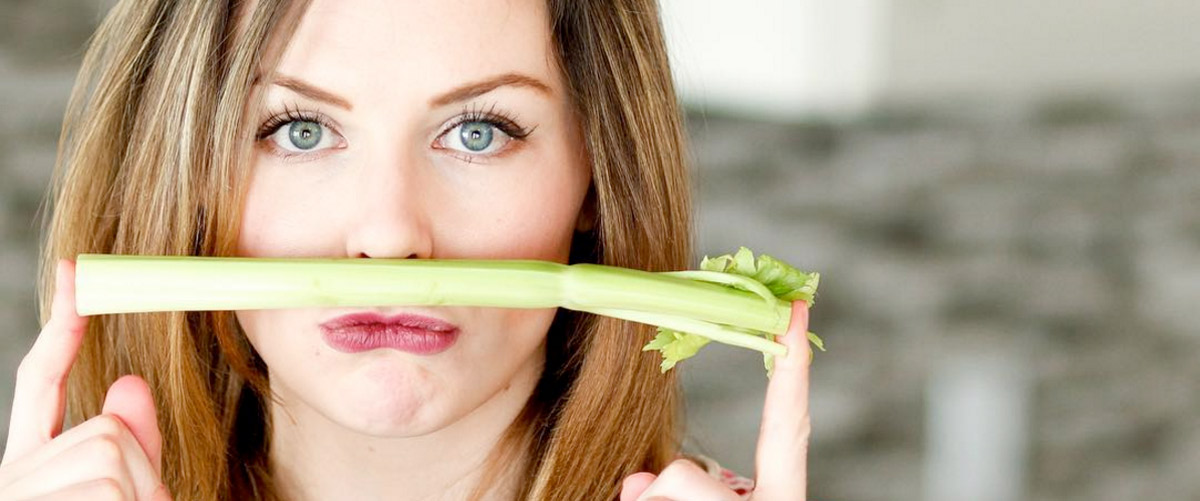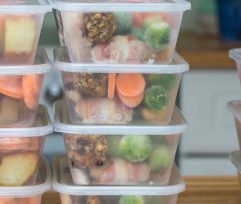Hi, I’m Andrea Hardy, Registered Dietitian and owner of Ignite Nutrition Inc., and blogger for but first, let’s eat.
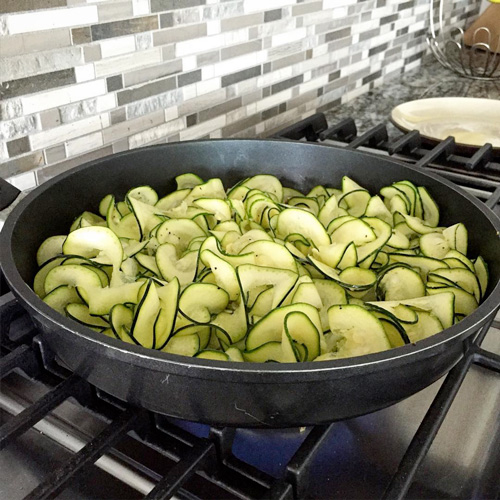
I talk a lot about meal prep with my clients.
But guess what? Sometimes that approach doesn’t work. While meal prep is great, it’s often not for everyone, depending on where they are at in their nutrition journey.
So, what happens when you ‘skip it?’ How can you still stay on track with your nutrition?
This is where mindful eating comes in, and often times I believe, why diets fail. Diets tell us what to eat, when to eat, and how much to eat.
What if we learned to listen to our body for those signs and signals? What if we trusted our body enough to tell us these things? I think you’d be surprised, at what your body is capable of when you think of food as fuel, and when you start respecting your body’s signals.
We can stay on track with our nutrition if we learn to listen to our body – even when we’re faced with a choice that we feel is ‘unhealthy’. If we have no planning or meal prep completed at all, we can fall back on these skills in any situation to guide us. I always tell my clients – your body knows best.
To begin on a mindful eating journey towards learning to listen to your body, you can start with these 3 small steps:
Each time you go to eat, ask yourself:
1. Am I hungry
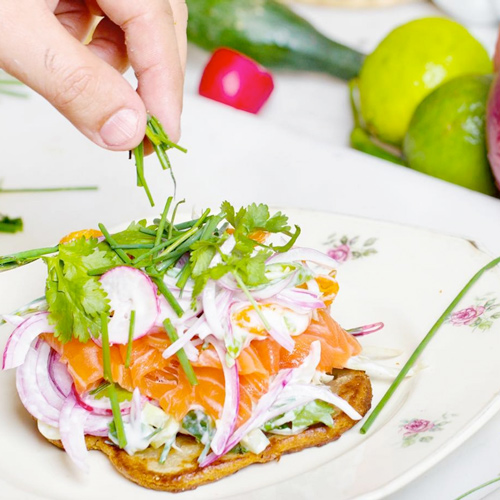 The answer might be yes, and it might be no. And that’s O.K. When you first start practicing this, it’s not about changing behaviour right away. It’s about reconnecting your brain to your gut. For so long, with dieting, you’ve probably ignored these signals. You want to begin to become attuned to them.
The answer might be yes, and it might be no. And that’s O.K. When you first start practicing this, it’s not about changing behaviour right away. It’s about reconnecting your brain to your gut. For so long, with dieting, you’ve probably ignored these signals. You want to begin to become attuned to them.
2. What is my mood?
You might be content. You might be happy. Or, you might be stressed or angry. Again, no change is required when you first start practicing this. What you want to recognize are patterns. Are there certain moods that drive certain eating behaviours? Do you believe any of these to be negative behaviours, or things that enforce a negative relationship with food?
3. Why have I decided to eat?
Once you’ve assessed your hunger, and mood – if you do decide to eat, what drove that decision? If you weren’t hungry, or if you were stressed or angry – did you decide to eat based on these emotions? Are there things you think you could improve upon or change? Are these fostering a healthy, normal relationship with food, or are these fostering a negative relationship?
As you begin to incorporate these questions into your day, you will begin to identify your habits. Maybe you notice that each day after work, you grab a handful of crackers to ‘tie you over’ before supper, without even being hungry. Or maybe you notice that when you have a stressful interaction with a co-worker, you immediately head to the vending machine. Once you’re aware that you may not be eating to fuel your body, you can begin to make positive changes.
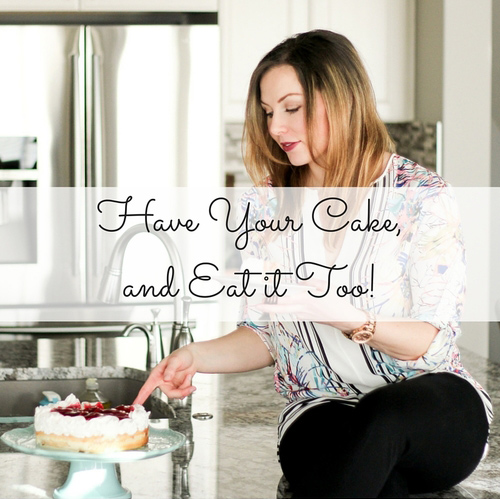 In my upcoming course, ‘Have Your Cake and Eat it Too’ launching February 28th, I take this initial concept of mindful eating, and really teach you how to make small, practical changes to your eating habits and your relationship with food.
In my upcoming course, ‘Have Your Cake and Eat it Too’ launching February 28th, I take this initial concept of mindful eating, and really teach you how to make small, practical changes to your eating habits and your relationship with food.
I believe that why you eat is often more important than what you eat. Focusing on getting back to nutrition basics, learning to listen to our body, ending emotional eating, and incorporating mindful eating, Have Your Cake and Eat it Too encompasses the psychological side of eating – teaching you that dieting doesn’t work – and we can do better by listening to and respecting our bodies.
So for the next week, at each meal, I want you to incorporate these three questions in, and start recognizing your eating behaviours. If you want to take it a step further, I’d love to have you take my e-course. If you have any questions, or want to learn more, check out www.butfirstletseat.com or ask me anything on social media.

